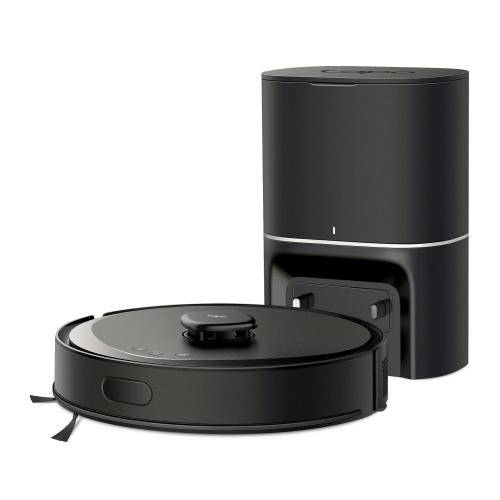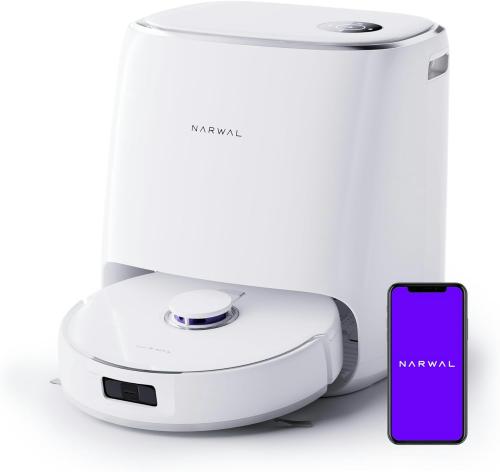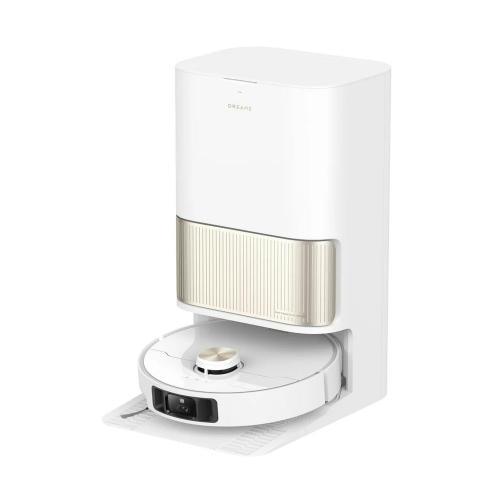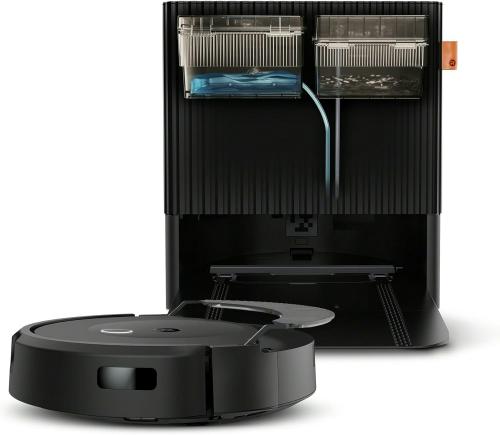
Robot vacuum cleaners have transformed from futuristic novelties into indispensable home helpers. As 2025 unfolds, these devices are smarter, more powerful, and more autonomous than ever—capable of not only vacuuming, but also mopping, self-emptying, and navigating complex floor plans with impressive intelligence.
The journey of robotic vacuums began in 2002, when iRobot introduced the first commercial Roomba. It marked a turning point for home automation, showing that a small disc-shaped machine could take over one of the most tedious household chores. Over the years, brands like Neato, Samsung, Ecovacs, and Roborock entered the scene, rapidly evolving the category with features like LiDAR mapping, mobile apps, and scheduled cleaning.
Today, robot vacuums are no longer just vacuums. They are hybrid machines that clean multiple surfaces, wash and dry their mop pads, detect and avoid objects, and integrate with voice assistants and smart home platforms. The industry’s growth is driven by consumer demand for convenience, and 2025 models reflect a shift toward hands-free, all-in-one solutions.
One of the most advanced models on the market is the Roborock S8 MaxV Ultra, praised for its 10,000Pa suction power, dual rubber roller brushes, and sonic mopping system that scrubs at 4,000 vibrations per minute. It features an RGB camera for AI-powered obstacle detection, an extendable mop pad for edge cleaning, and can automatically wash and dry its mop with heated air. Users only need to refill its water tank and empty the waste container once a week, making it nearly maintenance-free. For households looking for the most autonomous experience, this model sets the benchmark.

For those on a tighter budget, the Tapo RV30 Max Plus delivers surprisingly high-end features at an entry-level price. With 5,200Pa suction, lidar navigation, an auto-empty dock, and room-specific cleaning settings, it challenges the notion that budget robovacs are basic. While it lacks AI obstacle detection, its navigation and cleaning performance are commendable for the price.
 Mopping performance has also seen a leap forward. The Narwal Freo X Ultra stands out as one of the best mopping robots, featuring rotating triangular mop pads with adaptive pressure control based on floor type. Its dual four-liter water tanks extend operation time significantly. Though it lacks a camera for obstacle avoidance, it delivers a thorough and quiet cleaning experience, ideal for homes with large areas of hard flooring.
Mopping performance has also seen a leap forward. The Narwal Freo X Ultra stands out as one of the best mopping robots, featuring rotating triangular mop pads with adaptive pressure control based on floor type. Its dual four-liter water tanks extend operation time significantly. Though it lacks a camera for obstacle avoidance, it delivers a thorough and quiet cleaning experience, ideal for homes with large areas of hard flooring.

For hybrid functionality that balances vacuuming and mopping, the Dreame X40 Ultra impresses with its ability to automatically drop and reattach mop pads based on the cleaning mode. With 12,000Pa suction and dual oscillating mop pads, it cleans efficiently across a variety of floor types and excels at reaching into corners and under low furniture. While its app is occasionally unstable, the hardware itself is among the most innovative in the market.

Pet owners may gravitate toward the Roomba Combo 10 Max, which excels at handling pet hair thanks to its dual rubber rollers and advanced AI-powered object recognition. It distinguishes between debris types, such as pet messes and popcorn, and avoids or vacuums accordingly. While its mop system is modest compared to competitors, it remains a top choice for vacuuming performance and reliability.

Looking to the future, 2025 also introduces new features such as auto-plumbed docks that connect directly to a home’s water supply, and robovacs with mechanical appendages to reach corners or even pick up items. Models like the Roborock Saros 10R, Dreame X50 Ultra, and Ecovacs Deebot X8 Pro Omni are leading this next wave of innovation.
Robot vacuum cleaners have matured into comprehensive floor care systems. Consumers can now select from a broad spectrum of options—from budget-friendly models with surprisingly robust features to high-end machines that require virtually no user input. As AI capabilities and automation expand, these devices are likely to become even more integrated into the daily rhythm of smart homes.
Whether you're a busy professional, a pet parent, or simply someone who appreciates a tidy living space, 2025 is an excellent year to consider upgrading or investing in a robot vacuum. For more insights, product comparisons, and expert recommendations, stay with sales365days.com - your guide to smarter shopping every day.
Disclaimer: Some of the links on this page are affiliate links, meaning that, at no additional cost to you, we may earn a commission if you click through and make a purchase. As an Amazon Associate, we earn from qualifying purchases #ad #commissionsearned
NOTE: Color May Vary! BISSELL CleanView Swivel Rewind Pet Reach Vacuum provides the ultimate cleaning experience for pet parents. It's designed with powerful suction and packed with convenient features, like a multi-surface TRIPLE ACTION Brush Roll with Scatter-Free Technology, so you can pick up messes without scattering debris. It also has a lightweight design and swivel steering, so you can easily maneuver throughout your home while cleaning. But, CleanView Swivel Rewind Pet Reach vacuum isn't limited to floors - its Quick Release Extension Wand is always on and always ready to clean, so you can easily and quickly get to any above-floor or hard-to-reach places your pet may leave behind a mess. And when the cleaning is done, all it takes is a press of a button to rewind the cord and store away. CleanView Swivel Rewind Pet Reach vacuum doesn't just clean up after pets - it helps save them, too. BISSELL proudly supports BISSELL Pet Foundation and its mission to help save homeless pets. When you buy a BISSELL product, you help save pets, too. We're proud to design products that help make pet messes, odors and pet homelessness disappear. BISSELL CleanView Swivel Rewind Pet Reach Upright Bagless Vacuum Color May Vary 3197A